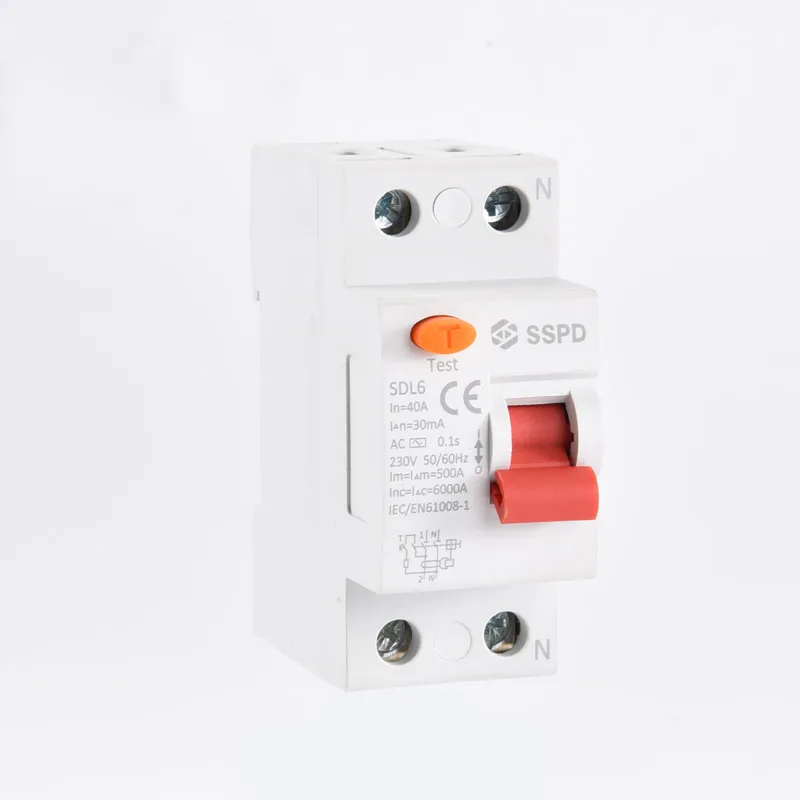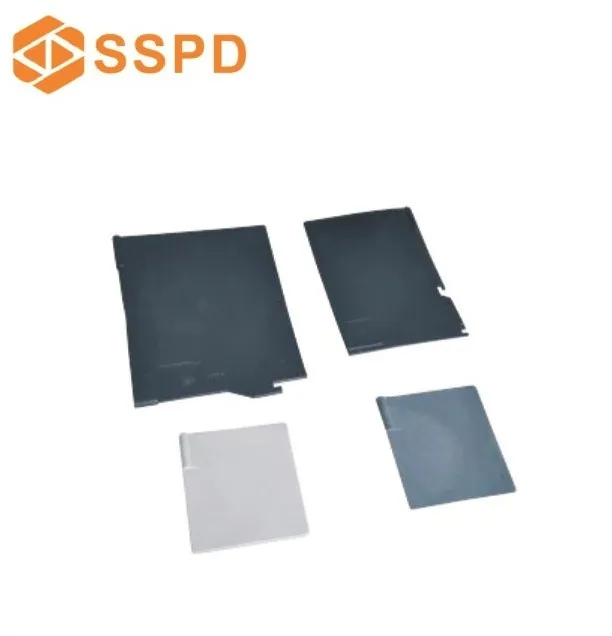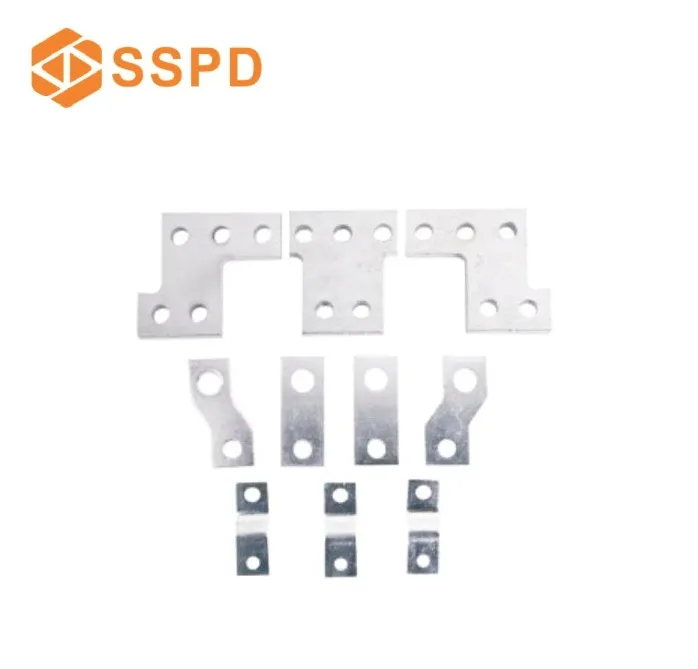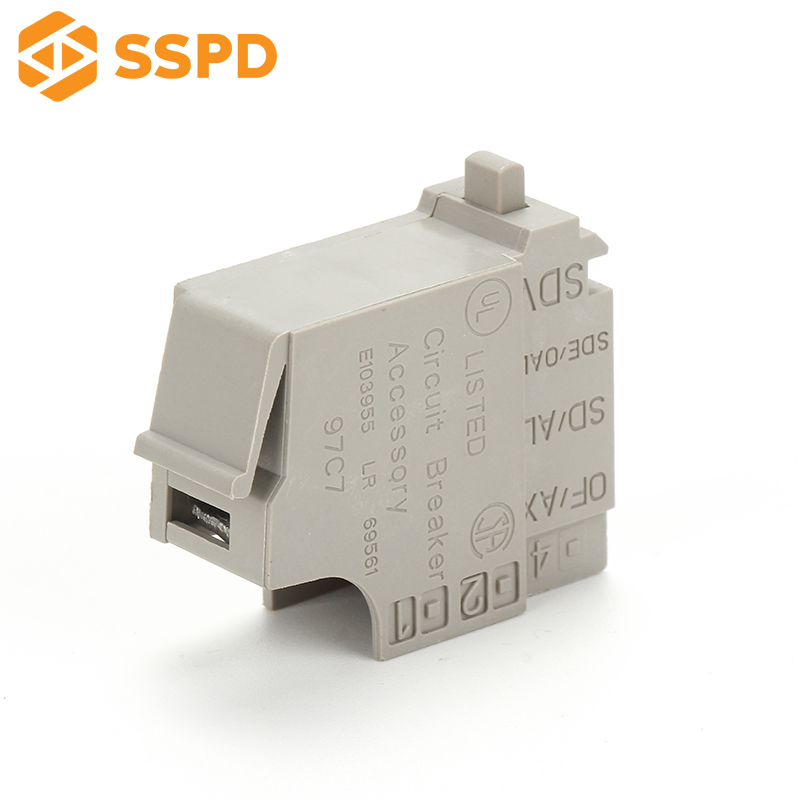Everything You Need to Know About Contactors
A practical guide to working principles, wiring, applications, selection parameters, and FAQs — by SSPD, a professional low-voltage electrical manufacturer.
Updated: Oct 31, 2025
What Is a Contactor?
A contactor is an electrically controlled switch designed to connect or disconnect power to loads such as motors, heaters, lighting banks, and capacitors. It allows remote, frequent, and reliable switching as part of modern automation and motor control systems.
How a Contactor Works
Key Parts
- Coil (A1/A2): Generates a magnetic field when energized.
- Main contacts (L1–T1, L2–T2, L3–T3): Carry the load current.
- Auxiliary contacts (NO/NC): Feedback, interlocks, self-hold.
- Arc chamber & enclosure: Extinguish arcs and provide insulation.
Operating Sequence
- Control voltage energizes the coil.
- Magnetic force pulls in the armature, closing main contacts.
- Load receives power; auxiliaries change state.
- When de-energized, springs open contacts and isolate the load.
Tip: Correct coil voltage and clean control power are critical for reliable pick-up and drop-out performance.
Applications of a Contactor
Motor Control
Start/stop of squirrel-cage motors, star-delta, reversing, and soft-starter bypass.
HVAC & Pumps
Compressors, fans, chillers, and booster pumps in building systems.
Lighting & Heating
Group switching of lighting circuits and resistive heaters (AC-1 duty).
Automation Panels
PLC-based interlocks, conveyors, packaging lines, and process equipment.
How to Wire a Contactor?
- Verify coil rating: Match the control supply (e.g., 24 VDC, 110 VAC, 220–240 VAC).
- Control circuit: Wire the control device to A1/A2 via a fuse or breaker.
- Main power: Feed L1/L2/L3 from the supply; take T1/T2/T3 to the load.
- Auxiliaries: Use NO/NC for interlocks, status, or self-holding (seal-in).
- Test: Energize coil, check pick-up/drop-out, rotation (motors), and protection settings.
Safety: Isolate power, verify absence of voltage, and comply with local electrical codes.
How Are Relay and Contactor Different?
| Feature | Contactor | Relay |
|---|---|---|
| Typical load | Motors, heaters, capacitors, lighting groups | Signals, small control loads |
| Current range | Up to hundreds of amps | Usually < 10 A |
| Arc management | Arc chutes, chamber design | Minimal or none |
| Mechanical endurance | High (industrial duty) | Moderate |
| Size | Larger | Compact |
Parameters to Consider When Choosing a Contactor
- Rated operational current (Ie) & voltage (Ue): Must meet or exceed load requirements.
- Utilization category: AC-1 (resistive), AC-3 (motors), AC-4 (plugging/jogging).
- Coil voltage & type: AC or DC coil; inrush and drop-out characteristics.
- Poles & auxiliaries: 3P/4P main contacts; required NO/NC aux contacts.
- Endurance & duty cycle: Mechanical/electrical life, switching frequency.
- Environment: Ambient temperature, altitude, humidity, pollution degree.
- Standards & certifications: IEC 60947-1/-4-1, GB 14048, UL 508, CE/CB/CCC.
Frequently Asked Questions (FAQs)
Can the contactor be actuated with AC supply?
Yes. Choose an AC-rated coil (e.g., 220–240 VAC). DC coils are also available; always match the coil rating to your control circuit.
How does residual magnetism affect a contactor?
Residual magnetism can delay or prevent drop-out. SSPD designs use laminated cores and optimized air gaps to minimize sticking and ensure consistent release.
What are the common industry standards and how do they differ?
IEC 60947-1/-4-1 (global) and GB 14048 (China) define ratings and utilization categories; UL 508 applies to North America with different test procedures and markings.
What are common failures of a contactor?
- Contact wear/welding due to overcurrent or frequent inching
- Coil overheating from overvoltage or blocked armature
- Mechanical fatigue of springs and linkages
- Ingress of dust/moisture causing insulation issues
What do AC-1 and AC-3 mean?
AC-1: Non-inductive or slightly inductive loads (e.g., resistive heating).
AC-3: Squirrel-cage motors — making under load and breaking while running.
Where can I buy contactors at the best price?
Buy directly from SSPD or our Alibaba store for factory pricing, OEM/ODM customization, and certified quality.
Why Choose SSPD Contactors?
- 30+ years of professional manufacturing and global supply
- Full range from 9 A to 800 A, AC/DC coils, rich auxiliaries
- ISO 9001 production, CE/CB/CCC compliance
- Fast delivery and responsive technical support






